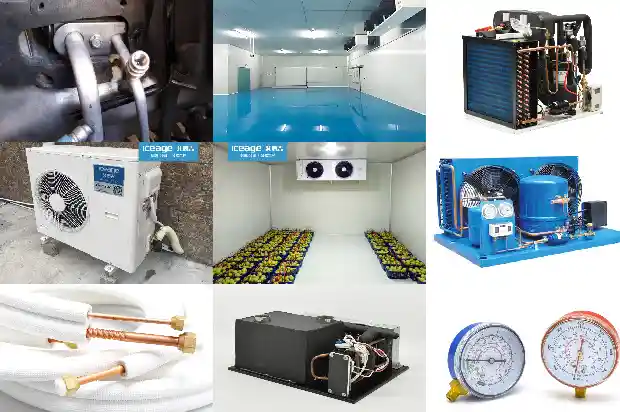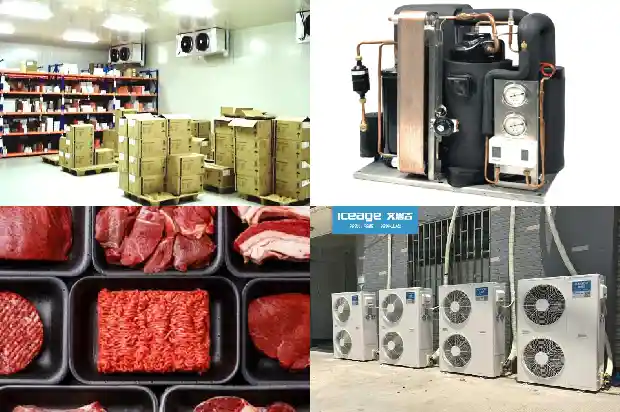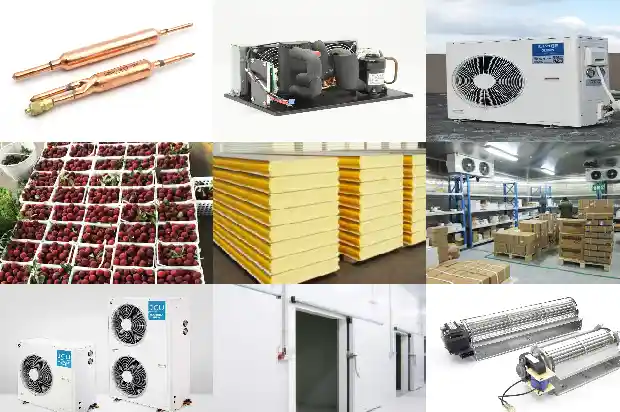What are the characteristics and application fields of cross-flow fans?
2024-12-02
Cross-flow fans are also known as tangential fans. The impeller is multi-bladed and long cylindrical in shape, with forward multi-wing blades. When the impeller rotates, the air flow enters the cascade from the open part of the impeller, passes through the interior of the impeller, and is discharged into the volute from the cascade on the other side, forming the working air flow.


Therefore, the flow velocities at various points on the outer circumference of the impeller are not consistent. The closer to the vortex center, the greater the speed, and the closer to the volute, the smaller the speed. At the air outlet of the fan, the air flow velocity and pressure are not uniform, so the flow coefficient and pressure coefficient of the fan are average values. The position of the vortex has a relatively large impact on the performance of the cross-flow fan. When the vortex center is close to the inner circumference of the impeller and near the volute tongue, the fan performance is better; when the vortex center is far from the volute tongue, the area of the circulating flow increases, the fan efficiency decreases, and the degree of flow instability increases.
Characteristics of cross-flow fans:
- Cross-flow fans operate by using a relatively long barrel-shaped fan impeller. The diameter of this barrel-shaped fan blade is relatively large. Because of the large diameter, a relatively low rotational speed can be used on the basis of ensuring the overall air circulation volume, thereby reducing the noise caused by high-speed operation.
- The impeller of the fan has undergone dynamic balancing: Just as the wheels of a car need to be dynamically balanced, the impeller of a cross-flow fan also needs to do this work.

Briefly speaking, it is to maintain the balance of the impeller in the operating state, reduce noise, and extend the service life of the fan. Dynamic balancing is a time-consuming job. In fact, the result may be simply adding a balancing weight to a certain part of the impeller. However, exactly where to add it and how much to add directly affect the service life of the cross-flow fan.
- The fan blades are carefully calculated and intentionally arranged in a disorderly manner with the distances between the blades being "unequal": This is also very simple. It is to try to make the audio generated by the rotating impeller and the air "irregular", resulting in a "continuous" sound of wind rather than a sound of wind concentrated in a certain frequency band. There are two types of noise, narrow-band noise and broadband noise. Regular narrow-band noise easily attracts people's attention and makes people feel annoyed, while broadband noise is relatively close to the noise situation in nature. Although it cannot be eliminated, it is relatively "more tolerable" and makes people less annoyed.
- Materials for fan blade manufacturing: The impeller of the fan inside the fan is very long. If such a barrel-shaped fan blade is made of inferior materials, a lot of costs can be saved. However, it will not take long before deformation occurs. The entire fan blade will no longer be in a straight line but will sag in the middle. You can imagine how noisy such a sagging fan blade will be when it rotates, and it will also cause the entire air curtain machine to vibrate!
- Motor: The impeller relies on the electric motor to make it rotate. If the quality of the motor is poor and it cannot operate normally or has weak starting power, it won't work. If the quality of the motor is poor, you will also hear the "buzzing" sound from the motor, which is even more of a torture.
Cross-flow fans have a very wide range of applications and are used in devices such as air purifiers, air curtains, wine coolers, fireplaces, freezers, solariums, subways, and harvesters:
For cooling and heat dissipation: electronic devices, dry-type transformers, photocopiers, projectors.
For ventilation: living rooms, public places, vehicles, etc.
For industrial machinery: constant temperature and drying machinery, heating and cooling equipment.
For household appliances: freezers and display cabinets, cooling fans (air conditioning fans, tower fans, floor fans), heaters, electric fireplaces, air curtain machines, built-in ovens, etc.
For cooling and heat dissipation: electronic devices, dry-type transformers, photocopiers, projectors.
For ventilation: living rooms, public places, vehicles, etc.
For industrial machinery: constant temperature and drying machinery, heating and cooling equipment.
For household appliances: freezers and display cabinets, cooling fans (air conditioning fans, tower fans, floor fans), heaters, electric fireplaces, air curtain machines, built-in ovens, etc.
Related Articles
- Characteristics and Differences among Water System, Air System and Refrigerant System
- Characteristics of Mini Cold Storages in Cold Storage Projects
- What are the characteristics of low-temperature cold storage?
- What are the characteristics of the structure of small cold storage?
- Characteristics and principles of air-cooled and water-cooled units
- Freezing Chamber System Blockage, Dirty Blockage, and Oil Blockage Characteristics and Treatment Methods
- Explosion-Proof Refrigerators' Special Characteristics
- The characteristics and uses of 26 types of air conditioning refrigerants
- Application of Economizer in Air-cooled Heat Pumps and Low-temperature Screw Compressors
- CO2 Refrigeration Applications
- Cold and Hyperinflation: Significance and Applications
- Precautions for the Installation and Use of Water Flow Switches
- Water Flow Control Technology for Small Air-cooled Hot and Cold Water Units
- Flowmeter for Refrigeration and Air Conditioning Testing
